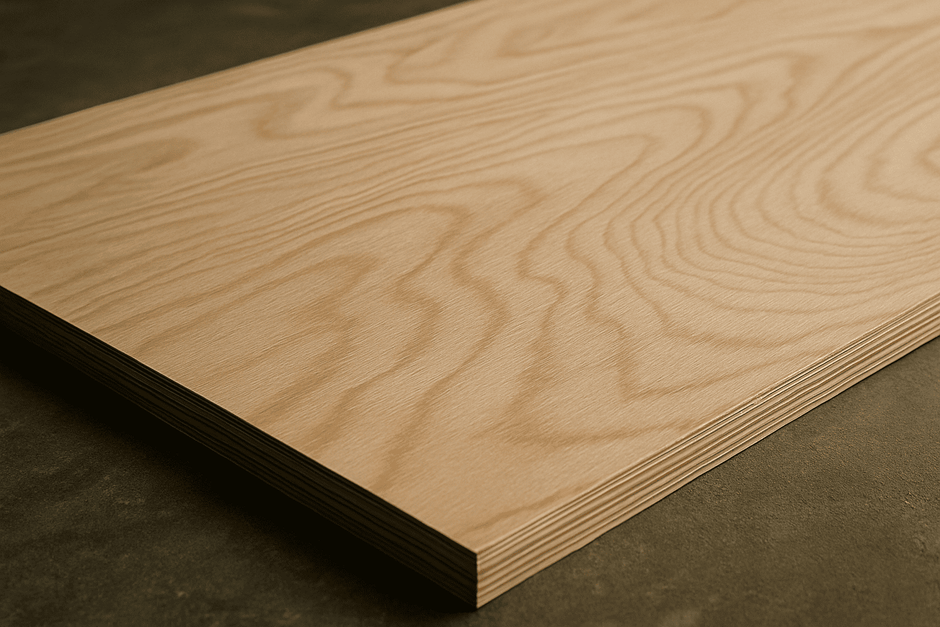Summary:
This article will explain in a clear and simple way how to choose the right moulding for every space in your home. We’ll cover:
- The differences between baseboards, casings, and crown mouldings.
- The most common materials and which is best for your needs.
- Tips on sizes, styles, and how to match them with your decor.
Goal: Help customers make informed decisions and encourage them to purchase moulding from your marketplace.

Moulding is an essential design element that can completely transform the look and feel of your home. Whether you’re renovating or just looking to add a touch of elegance, choosing the right moulding can make all the difference. But with so many options available—baseboards, casings, crown mouldings—it can be overwhelming to decide what’s best for your space.
In this beginner’s guide, we’ll break down everything you need to know to select the perfect moulding for your home, including types, materials, styles, and expert tips for making the best choice.
1. Understanding the Different Types of Moulding
Before choosing moulding, it’s crucial to understand the different types available and their specific functions:

Baseboards
- Installed along the bottom of walls to cover the joint between the wall and floor.
- Protects walls from scuffs and adds a finished look.
- Available in various heights and profiles, from simple to decorative.

Casings
- Used to frame doors and windows.
- Covers gaps between drywall and door/window frames.
- Can be simple or intricate, depending on the desired aesthetic.

Crown Mouldings
- Installed at the junction between the walls and ceiling.
- Adds elegance and character to a room.
- Comes in various styles, from classic to modern.
Chair Rails & Wainscoting
- Chair rails: Horizontal moulding that protects walls from furniture damage.
- Wainscoting: Decorative panelling on the lower half of walls, adding texture and style.
Knowing these differences will help you choose moulding based on function and design preferences.
2. Choosing the Right Material
Moulding comes in various materials, each with its pros and cons:
| Material | Advantages | Disadvantages |
|---|---|---|
| MDF (Medium-Density Fiberboard) | Affordable, smooth surface, easy to paint | Not moisture-resistant, can dent easily |
| MDF-UL (Ultra Lam MDF) | Moisture-resistant, more durable than standard MDF | More expensive than regular MDF, less natural appearance than wood |
| PVC (Polyvinyl Chloride) | Waterproof, ideal for bathrooms and kitchens | Less natural appearance, limited staining options |
| Pine | Natural, durable, can be stained or painted | Can warp in humid conditions, more expensive than MDF |
Pro Tip: If you need moulding for high-moisture areas like kitchens or bathrooms, opt for PVC or MDF-UL. For a traditional and rich look, solid wood is your best bet.
3. Selecting the Right Size & Profile
The size and profile of your moulding should complement your home’s architecture and ceiling height. Here’s how to choose:
Baseboard Sizing Guide:
- Standard rooms (8 ft ceilings): 3-5 inches in height.
- High ceilings (9+ ft): 5-7 inches or more for a grander look.
Crown Moulding Guide:
- Minimalist look: 2-4 inches.
- Classic/traditional homes: 4-6 inches.
- Luxury appearance: 7+ inches with layered designs.
For a cohesive look, match the moulding size with the scale of the room—large moulding in a small room can overwhelm the space.
4. Matching Moulding with Your Home’s Style
Different styles of moulding work best with certain home designs. Here’s how to match them:
| Home Style | Ideal Moulding Type |
|---|---|
| Modern | Straight, simple baseboards and casings with minimal ornamentation. |
| Minimalist | Simple, thin mouldings with clean lines. |
| Contemporary | Moulding with soft, clean lines and a modern touch. |
| Colonial | Detailed, classic moulding with a more formal design. |
| Traditional | Large, detailed, and ornate moulding with complex designs. |
Pro Tip: If you're unsure, go for a timeless look with simple casings and baseboards in a neutral white finish—they work well with any style of decor!
Final Thoughts: Transform Your Home with the Perfect Moulding
Choosing the right moulding doesn’t have to be complicated! By understanding the different types, materials, sizes, and styles, you can select moulding that enhances your home’s beauty and functionality. Whether you want a modern, minimalist, Colonial look, the right moulding can add that perfect finishing touch.
Need high-quality moulding? Explore our marketplace for the best selection of baseboards, casings, crown mouldings, and more!

































